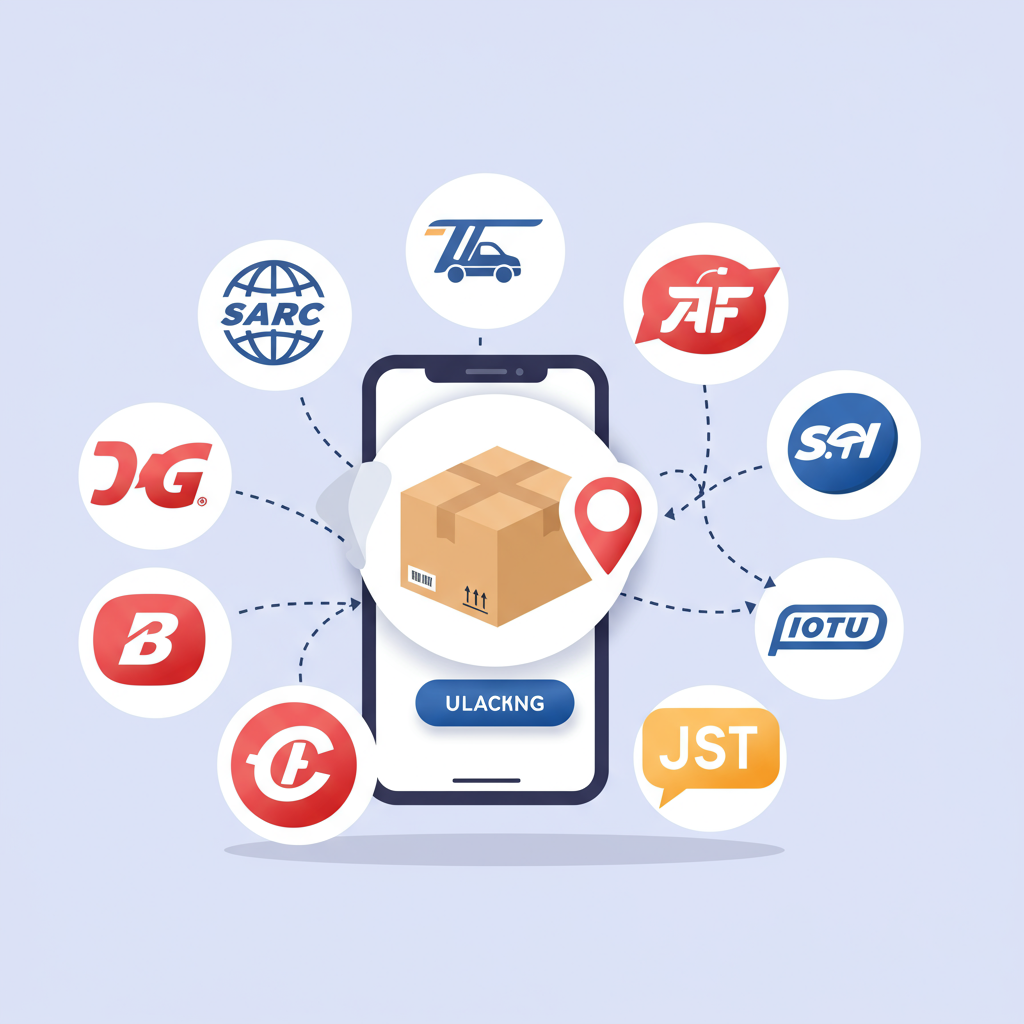Elevate your customer’s post-purchase experience and reduce WISMO inquiries with seamless tracking integration.
As a Shopify merchant, I know firsthand the excitement of a new order. But that excitement quickly shifts to the crucial phase of fulfillment and, perhaps most importantly, ensuring our customers feel informed every step of the way.
This is where robust order tracking comes into play. It’s not just a nice-to-have; it’s a fundamental expectation in today’s e-commerce landscape.
Think about it from your customer’s perspective. Once they’ve clicked “buy,” their next thought is often, “Where’s my stuff?” Providing a clear, easy way to answer that question builds trust and reduces anxiety.
For us, the merchants, effective order tracking integration on Shopify translates directly into fewer “Where Is My Order?” (WISMO) inquiries. This frees up our customer service team to focus on more complex issues, rather than repetitive status updates.
It also significantly enhances the post-purchase experience, which is a critical component of customer retention and brand loyalty. A smooth, transparent delivery process can turn a one-time buyer into a lifelong advocate.
So, how do we achieve this seamless experience on Shopify? While Shopify offers some basic tracking capabilities, many of us find that we need to go beyond the native features to truly excel.
Shopify’s built-in tracking typically involves adding a tracking number to an order. Once added, the customer receives an email notification with a link that directs them to the carrier’s website for updates.
This works, but it often lacks branding, real-time updates, and a unified experience, especially if you use multiple shipping carriers. Each carrier has its own tracking page, which can be disjointed for the customer.
This is precisely why many of us turn to third-party order tracking integration solutions. These apps and services are designed to elevate the tracking experience far beyond the basics.
These integrations typically pull tracking data from various carriers and consolidate it into a single, branded tracking page on your Shopify store or a dedicated portal.
The core benefit here is consistency. Your customer stays within your brand’s ecosystem, even when checking their delivery status, reinforcing your professional image.
When I was looking for a solution, I focused on several key features. First, multi-carrier support was non-negotiable. We ship with different providers, and I needed a system that could handle them all seamlessly.
Real-time updates were also crucial. Customers expect to see their package move from “shipped” to “in transit” to “out for delivery” without significant delays in the tracking information.
Branded tracking pages are another powerful feature. Instead of sending customers to FedEx.com or UPS.com, they land on a page that looks and feels like *my* store, complete with my logo and colors.
Customizable notification triggers are incredibly valuable. I wanted to send automated emails or SMS messages for specific events, like “out for delivery” or “delivered,” or even “delivery exception.”
Analytics and reporting are often overlooked but are very useful. Understanding delivery times, common issues, and carrier performance helps us optimize our shipping strategy.
Integrating one of these solutions into your Shopify store is generally straightforward. The first step is always to research and choose the right app or service that aligns with your specific needs and budget.
Many popular options are available directly in the Shopify App Store, making installation as simple as a few clicks. Once installed, the app will typically guide you through the setup process.
This setup usually involves connecting your shipping carriers by providing API keys or account details. The app then begins to automatically import tracking numbers from your Shopify orders.
Next, you’ll configure your branded tracking page. This is where you upload your logo, choose your brand colors, and customize the layout to match your store’s aesthetic.
Setting up notification rules is another vital step. You’ll define when and how customers receive updates, whether it’s via email, SMS, or even through a dedicated customer portal.
Finally, always test your integration thoroughly. Place a few test orders, or use existing orders, to ensure that tracking numbers are syncing correctly, updates are flowing, and notifications are being sent as expected.
Beyond the technical setup, there are best practices I’ve learned to maximize the value of order tracking. Always communicate clearly with your customers about how they can track their orders.
Set realistic expectations regarding delivery times. While tracking provides transparency, it doesn’t speed up the actual shipping process. Be upfront about potential delays, especially during peak seasons.
Leverage the data. If you notice a particular carrier consistently has issues in a certain region, that insight can help you make informed decisions about your shipping partners.
Proactive customer service is also key. If a tracking update shows a delivery exception, consider reaching out to the customer before they even contact you. This level of service is truly memorable.
For those with more advanced needs, some tracking solutions offer webhooks or API access. This allows for even deeper custom integrations, such as pushing tracking data into your CRM or internal dashboards.
This level of customization can be incredibly powerful for larger operations or those with unique fulfillment workflows. It ensures all your systems are speaking the same language regarding order status.
In conclusion, integrating a robust order tracking solution into your Shopify store is an investment that pays dividends in customer satisfaction, operational efficiency, and brand reputation.
It transforms a potentially anxious waiting period into a transparent and reassuring experience, fostering loyalty and encouraging repeat business.
I truly believe it’s one of the most impactful improvements you can make to your post-purchase customer journey.
What are your thoughts on this article? Have you implemented a tracking solution, and what has your experience been like?






